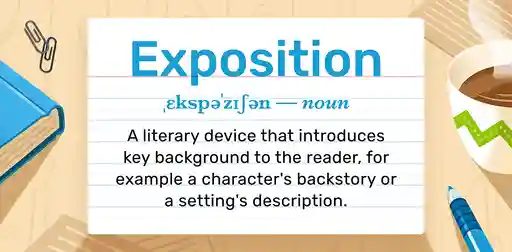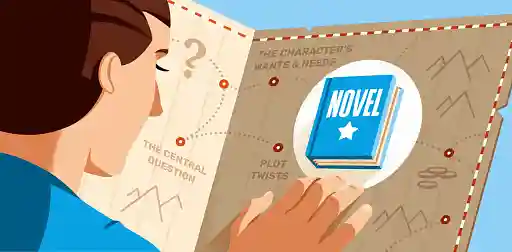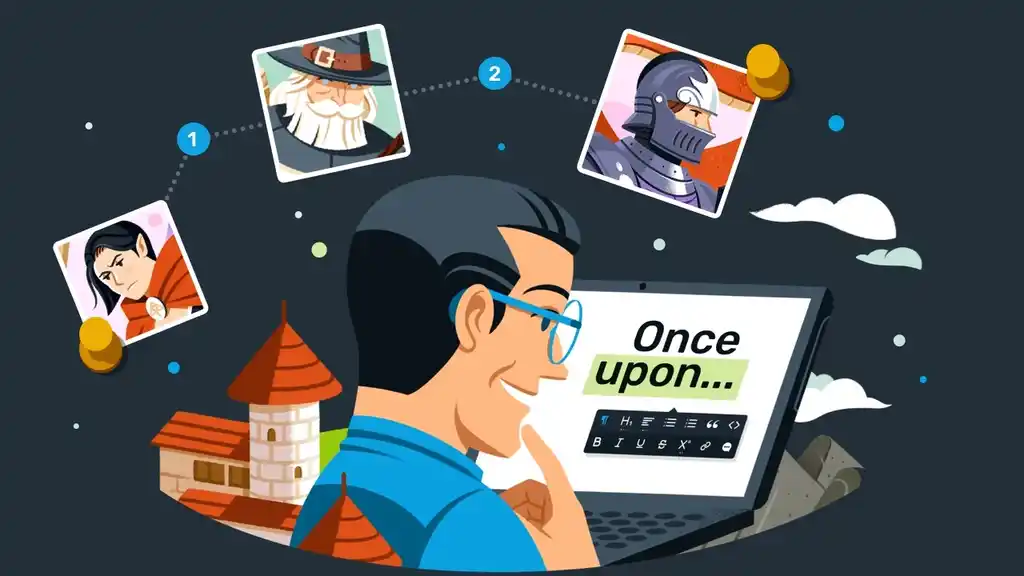Posted on May 10, 2024
What is Tone in Literature? Definition & Examples
About the author
Reedsy's editorial team is a diverse group of industry experts devoted to helping authors write and publish beautiful books.
More about the Reedsy Editorial Team →Dario Villirilli
Editor-in-Chief of the Reedsy blog, Dario is a graduate of Mälardalen University. As a freelance writer, he has written for many esteemed outlets aimed at writers. A traveler at heart, he can be found roaming the world and working from his laptop.
View profile →In literature, tone refers to the attitude or mood a text conveys, shaped by the author's word choice, sentence structure, and style of prose. Tone can be intimate or distant, cheerful or sad — it’s a literary device writers use to express their perspective, convey the emotional mood of a moment, and keep readers engaged throughout a story.
In this post, we take a closer look at the role of tone in narrative and provide several examples to show you how it shapes the reader’s experience.
🖊️
Which contemporary author are you?
Find out which of today's greats is your writerly match. Takes one minute!
Tone can affect the meaning of a sentence
Think of tone in literature like the tone of a voice. It can significantly affect the meaning of a statement and provide more context through the words used. For example, if you get a text from your partner saying “We need to talk,” you might be much more alarmed than if they had texted “Hey, need to chat with you this evening!”. The former appears somber and serious, while the latter is informal and (hopefully) has very different intentions.
Similarly, authors use different tones to shape their sentences and evoke different emotional responses from their readers. Let’s look at a few illustrative examples to investigate some types of tones commonly found in literature.
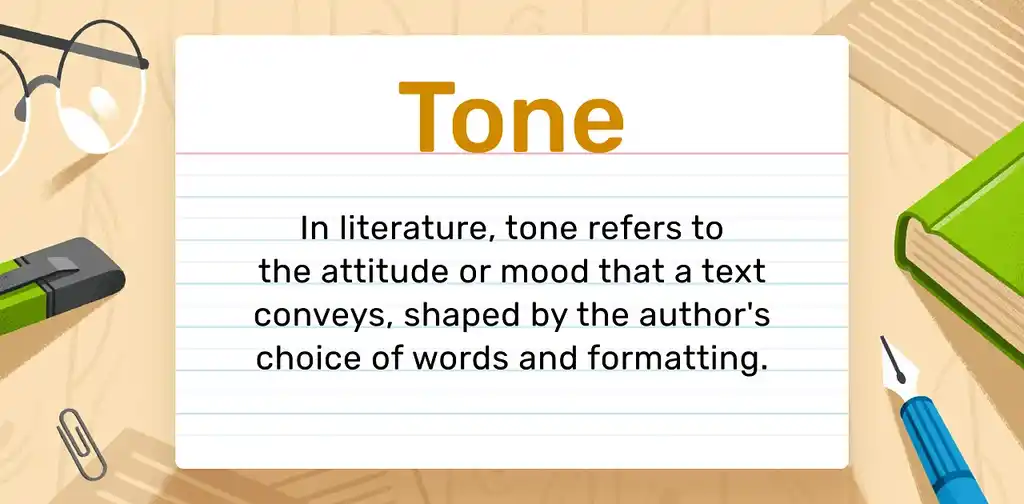
Optimistic
An optimistic tone conveys an upbeat outlook while acknowledging that things may not be perfect.
Example from A Bear Called Paddington by Michael Bond:
“I’ll never be like other people, but that’s alright because I’m a bear.”
Paddington Bear is a character who is optimistic by nature. Characters like this will always find a way to look on the bright side, even when the odds are stacked against them. The tone of the extract above could be seen as naive to some readers, but it tells us so much about Paddington's positive nature. After all, when life gives him bitter oranges, he makes marmalade!

Paddington remains optimistic despite being framed for a burglary (Source: StudioCanal)
Passionate
A passionate tone reveals a strong emotional connection to a subject, like a place or a character.
Example from The Great Gatsby by F. Scott Fitzgerald:
“Their eyes met, and they stared together at each other, alone in space. With an effort she glanced down at the table.”
In this extract, enigmatic millionaire Jay Gatsby and wealthy socialite Daisy Buchanan have a conversation in the company of other people, including Daisy’s husband, Tom. Their connection is so intense that she has to make “an effort” to look away, which makes Tom realize they have romantic feelings for each other.
Pessimistic
A pessimistic tone is one of caution and negativity and is often used as a warning against potential danger.
Example from Nineteen Eighty-Four by George Orwell:
“... he might be fulminating against the atrocities of the Eurasian army, he might be praising Big Brother or the heroes on the Malabar front – it made no difference. Whatever it was, you could be certain that every word of it was pure orthodoxy, pure Ingsoc.”
Few novels have a more pessimistic tone than Nineteen Eighty-Four and its totalitarian surveillance state setting. You can feel a certain resignation in the extract above 一 the specifics of what other people say don’t matter to Winston, the novel’s main character, as all opinions are limited to the political ideology of the government.

Pragmatic
A pragmatic tone is typically used when information must be delivered quickly, so there’s a focus on practical solutions and results.
Example from Mortal Engines by Phillip Reeve:
“Now, watching Hester lift the tinkling handfuls of coins, he felt like a thief. ‘Well,’ said Hester, snapping the treasure-chest shut, ‘It’s no use to her where she’s gone. And no use to us, since I expect we’ll soon be joining her there."
In this extract, Hester’s pragmatic character and sensible words set the tone for this scene. Reeve writing that Hester snapped the chest shut (as opposed to calmly closing it, for example) gives the scene a note of abrupt finality.
These are just four examples, but the tone in writing can also be humorous, persuasive, arrogant, melancholic, friendly, irreverent… the list is endless!
However, note that while tone is often confused with mood or voice, they’re not the same thing…
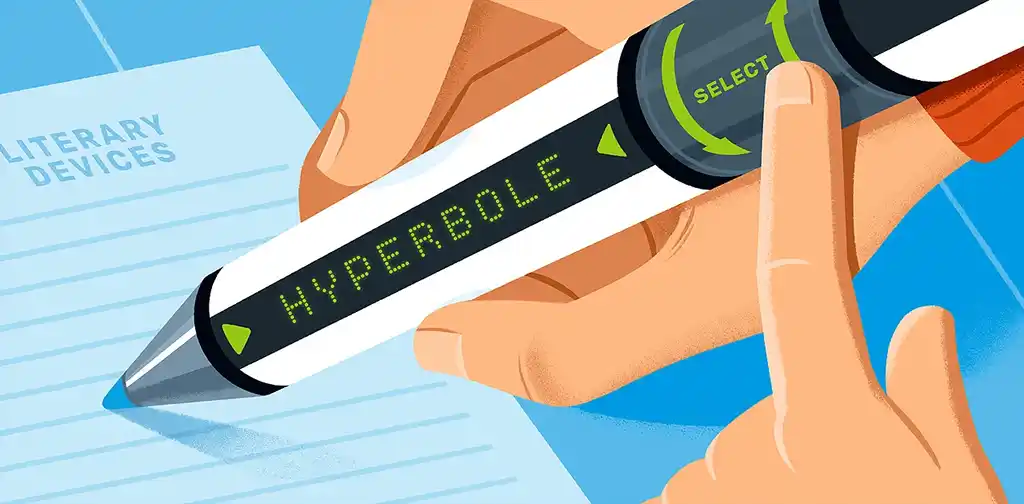
FREE RESOURCE
Literary Devices Cheatsheet
Master these 40+ devices to level up your writing skills.
Unlike mood or voice, tone is situational
Tone refers to the attitude or emotion conveyed in a specific scene or dialogue, which is situational and can change quickly. Meanwhile, mood refers to the overall feeling of a scene or story — also known as its atmosphere — and it’s often defined by imagery, the world of the story, and the book’s genre. For example, a thriller novel might include several scenes with a funny tone but retain a tense and suspenseful mood overall.
Voice, on the other hand, is the unique way a character speaks and acts, representing a consistent and enduring quality that defines their personality and remains constant across different situations.
For example, Dobby from the Harry Potter series has a distinctive voice — he refers to himself in the third person and frequently uses the word “sir.” Although Dobby’s voice remains consistent throughout J.K. Rowling’s seven-book series, the tone changes based on what he experiences.

Here’s an extract that captures Dobby’s voice, with its usual submissive and resigned tone:
“Dobby is always having to punish himself for something, sir. They lets Dobby get on with it, sir. Sometimes they reminds me to do extra punishments…”
“But why don’t you leave? Escape?”
“A house-elf must be set free, sir. And the family will never set Dobby free… Dobby will serve the family until he dies, sir…”
However, at the prospect of freedom from the torment of his master Lucius Malfoy, Dobby’s tone changes to elation and empowerment (while his voice remains the same):
"But Dobby didn’t move. He was holding up Harry’s disgusting, slimy sock, and looking at it as though it were a priceless treasure.
“Master has given Dobby a sock,” said the elf in wonderment. “Master gave it to Dobby.”
“What’s that?” spat Mr Malfoy. “What did you say?”
“Dobby has got a sock,” said Dobby in disbelief. “Master threw it, and Dobby caught it, and Dobby – Dobby is free.”"
As we can see here, the shift in his tone plays a crucial role in highlighting his evolution as a character.
Q: What are the most common tonal issues you see in an author's early manuscript?
Suggested answer
Tone – is the mood of a scene or story, in general. It’s like a bag of tricks containing style, voice and expectation. It promises a specific experience.
Emotional imbalances – create discord in the tone when a protagonist laughing or thinking something is funny when something sad or difficult has happened do not gel. It could be they have a dark/offbeat sense of humor, but this needs to have been conveyed for the above to work, so the reader stays immersed instead of stopping and thinking, eh?
Skewed focus – detracts from intended tone when, for example, authors use too much minute detail during a (high-tension) scene where you’ve got to exit the box before your air runs out! This upsets focus as we’re not interested in the wallpaper motif right now. Add sensory details relevant to the conflict, not ones that detract. Generally, you only need a basic amount of detail for a scene to be plausible and effective. Overdoing it misdirects and kicks out your pace and tension, which are part of the tone.
Tense – switching tense and POV format interfere with the author’s writing style and the voice of their narrator(s). Present to past tense in the same paragraph, and first to third person POV intermittently is jarring and ruins the way you tell. Your story unfolds and your characters talk on the stage you give them, but for this to remain intact, keep your tense clear. Not defining this means the reader cannot focus on which time or telling we are in and your tonal stage falls apart.
Voice – monotony. Character diction (word choice), sentence structure (simple or complex) and syntax (word arrangement) should be individual. If Jed and George both use street vernacular, one can express in a sharper, snappier tone, the other could use a more probing, gentler approach. Their tones steer reader insight and color perspective, populating the story with personality. If everyone speaks the same way, the effect is monologuing.
Tone or tune rainbow – excess shifting of dramatic tone alienates your reader. For a sinister thriller, overuse of slapstick comedy and romantic intrigue distorts reader expectation, just as whimsical reverie to hardboiled crime could be a choke. Not that you can’t have wild and wonderful swings! But the tones you use should suit your overall concept. Perhaps think of your work as a piece of music. Plotting your story as a tune with rhythm, tempo, key, etc. can aid 'tonal shifts' — and help compose the hues of your intentions and your reader's feelings.
Agatha is available to hire on Reedsy ⏺
Characters who sound the same is probably one of the most common tonal issues I see. If your characters all sound the same, none of them stick out, which creates a flattened tone throughout the story. Some writers will add (and write the text in) accents, but if overdone, this can be jarring and an obvious attempt to try to distinguish the characters from each other. It's more important to concentrate on the things the characters say, not how they say them. The content and syntax of their dialogue should be the thing that distinguishes them, more than any stutter or accent you give them.
Brett is available to hire on Reedsy ⏺
Tone plays an important role in character development
Authors can use tone as one of the tools to shape their protagonist's throughline. The tone of a character’s voice at the beginning of a novel can establish their initial personality traits. If a character sounds grumpy and judgemental, that may reveal that they are impatient and close-minded. This sets the baseline from which the character can grow and change.
As characters undergoes a change over their hero’s journey, their voice usually shifts to reflect their inner changes (for the example above, perhaps they become more cheerful and loving). The change in tone is usually gradual and subtle as the protagonist faces conflict and grows from it.
Let’s look at an example from classic literature. Take these two quotes from Jane, the narrator and protagonist of Charlotte Brontë’s Jane Eyre. The first quote is from the novel’s beginning, while the second is from its final movement.
“And I came out immediately, for I trembled at the idea of being dragged forth by the said Jack.
‘What do you want?’ I asked, with awkward diffidence.
“I am no bird; and no net ensnares me; I am a free human being with an independent will, which I now exert to leave you.”

Mia Wasikowska as Jane in the 2011 film Jane Eyre (Source: Universal Pictures)
The shift in tone is striking, showing Jane’s transformation from an insecure, mistreated orphan to an independent, strong woman. Of course, this shift in character tone is not immediate; instead, Brontë slowly evolves Jane throughout the course of the novel as naturally as you would throughout the course of your life.
Authors use this difference in tone not only to deepen the reader's understanding and empathy for their characters but also to control how close they should feel to them…
Tone controls the “distance” between the reader and the narrator
The tone in writing is closely linked to the narrator’s viewpoint, influencing the "psychic distance" between the reader and the narrator. For example, a first-person point of view gives access to the narrator's inner world, usually adopting a confessional tone, while an all-knowing omniscient narrator might describe the protagonist with a more detached and formal tone.
Take this example:
“I could feel my blood boiling. She should have never treated me like that.”
And then:
“He stood rigid, his fists and jaw clenched tight, as he thought about the injustice of her words.”
While both sentences convey anger and resentment, the one told in the first person appears more intimate, while the one told in the third person seems more distant.
That said, each point of view can still find a way to read more “close” or “distant.” For example, a first-person narrator could withhold information, while an omniscient narrator could include very emotional dialogue.
Ultimately, tone is a powerful device you can use to affect how your readers feel. We hope this post has inspired you to consider your word choices more carefully and reflect on how these small decisions can make a large impact on your readers’ overall experience.





